The Rouen Museum of Fine Arts is a must-visit during your visit to Rouen.
It is also famous for its display of Monet’s painting of Rouen Cathedral.
What’s even more appealing about the Rouen Museum is that admission is free.
Although it is free, there are quite a few works in the collection, which is more than enough for you to enjoy.
Please note that it will take a surprisingly long time to appreciate them properly.
- Musée des Beaux-Arts de Rouen
- History
- Required time
- Highlights Exterior
- Highlights Collection
- Joseph-Désiré Court (1797-1865)
- JULES-ALEXANDRE GRÜN (1868-1938)
- Paolo Veronese (1528-1588)
- Diego Vélasquez (1599-1660)
- PIERRE PUGET (1620-1694)
- Léon-Jules Lemaître (1850-1905)
- George William Joy (1844-1925)
- LOUIS-JACQUES MANDÉ DAGUERRE (1787-1851)
- GUSTAVE CAILLEBOTTE (1848-1894)
- Auguste Renoir (1841~1919)
- Alfred Sisley (1839-1899)
- Armand Guillaumin (1841-1927)
- Camille Pissarro (1830-1903)
- Robert Antoine Pinchon (1886-1943)
- Charles Frechon (1856-1929)
- Claude Monet (1840-1926)
- Pierre Puvis de Chavannes (1824-1898)
- Gift Shop
- Summary
Musée des Beaux-Arts de Rouen
Practical information
Musée des Beaux-Arts de Rouen
Address:Espl. Marcel Duchamp, 76000 Rouen, France
Opening hours: Wednesday – Monday, 10:00 – 18:00
Closed: Tuesday
Admission
Admission : Free
However, please make sure to stop by the reception counter to get a ticket.
You can also borrow coins to use in the lockers.
A fee will be charged for the special exhibition.
History
The Rouen Art Museum opened in 1801.
The collection grew dramatically during the 19th century, from 300 works in 1823 to 600 in 1878.
As the number of works increased, a new building became necessary, and the present building, which houses the museum and library, was completed in 1888.
One hundred years later, in 1994, the restoration work of the museum was completed.
Today, the collection of the Rouen Museum of Fine Arts includes a variety of European paintings, sculptures and objects from Italy, Spain and France, from the 15th century to the present.
Of these, the Impressionist works are the second largest in France.
Musée des Beaux-Arts de Rouen: HISTORY OF THE MUSEUM
Required time
It’s a free museum, but the collection is actually quite impressive.
The building is divided into a garden space on the first floor and an exhibition room on the second floor.
The space is much larger than it looks from the outside, and considering the richness of the works, I think you should have at least an hour and a half to two hours to take your time and look around.
If you don’t have a lot of time and just want to take a quick look around, you can do it in an hour.
Highlights Exterior
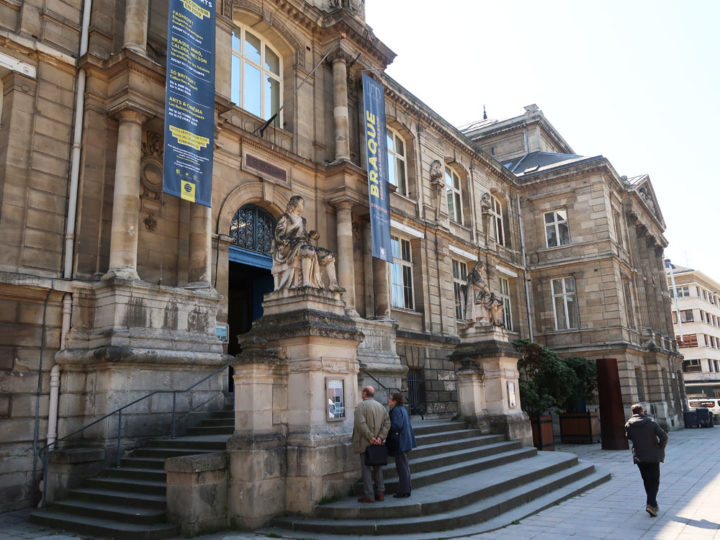
There are so many things to see at the Rouen Museum.
The highlights begin with the entire building and the main entrance.
There are two statues here.
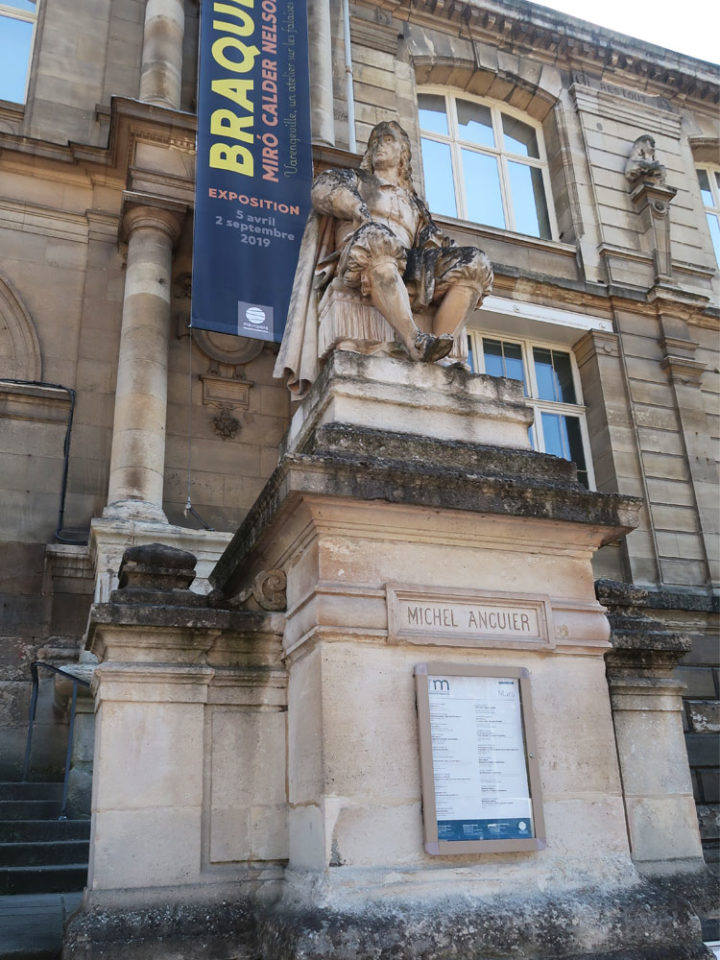
The statue on the right is Michel Anguier, a sculptor who was a professor at the Royal Academy of Sculpture.
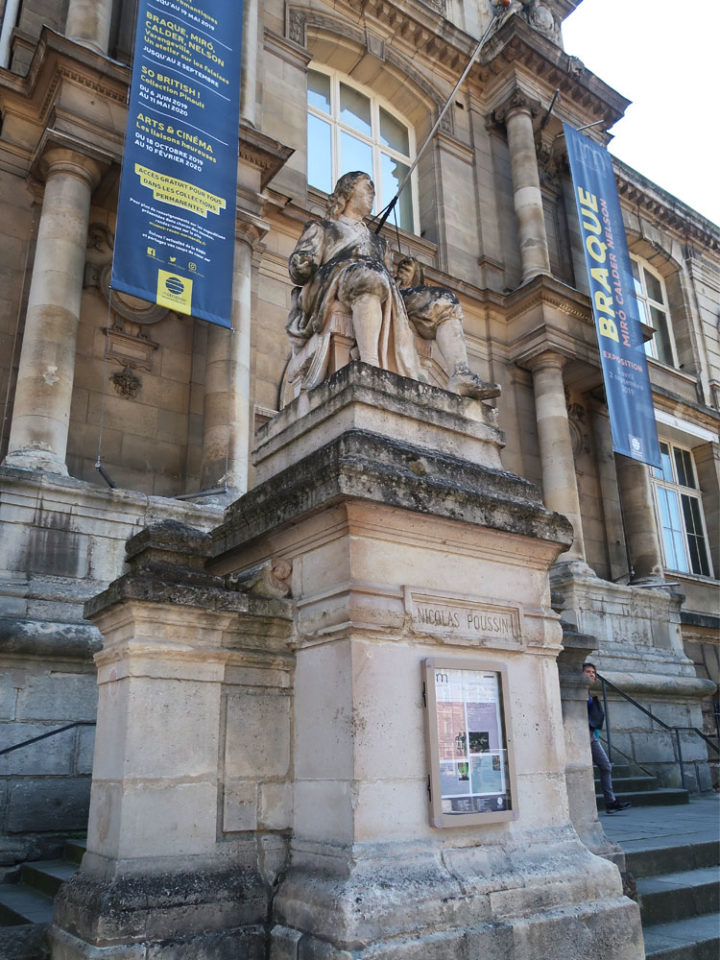
The statue on the left is Nicolas Poussin, a representative French painter of the 17th century.
Many of his works have been exhibited in the Louvre and other famous museums around the world.
It seems that they were displayed at the entrance of the museum because they are two of the leading artists in Normandy.
The creator of these two statues is Joseph Tournois.
He was a sculptor in the 19th century, and his works are on display at the Paris Opera House and in the Luxembourg Gardens.
Highlights Collection
The collection of the Musée de Rouen is enormous, so I would like to give a brief introduction here.
Joseph-Désiré Court (1797-1865)
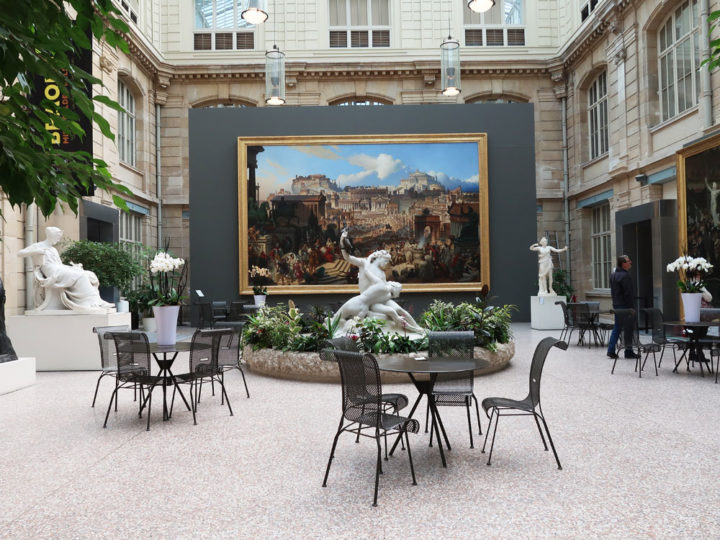
Le Martyre de sainte Agnès (1864-65)
As soon as you enter the museum, you will see a work by Joseph-Désiré Court in front of the courtyard.
It is said that this work, named Martyrdom of St. Agnes, was painted at the request of Napoleon III.
JULES-ALEXANDRE GRÜN (1868-1938)
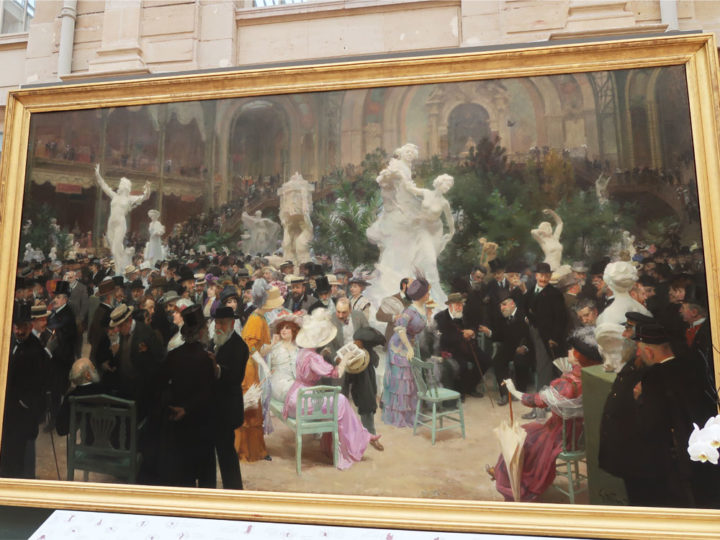
UN VENDREDI AU SALON DES ARTISTES FRANÇAIS (1911)
The large work on the right side of the garden is Friday in the Salon des Artistes de France, by Jules-Alexandre Gruen.
He is best known as a caricaturist and poster artist in Montmartre, but he also left behind works as an oil painter.
In addition, Grün himself is depicted in this painting.
Paolo Veronese (1528-1588)
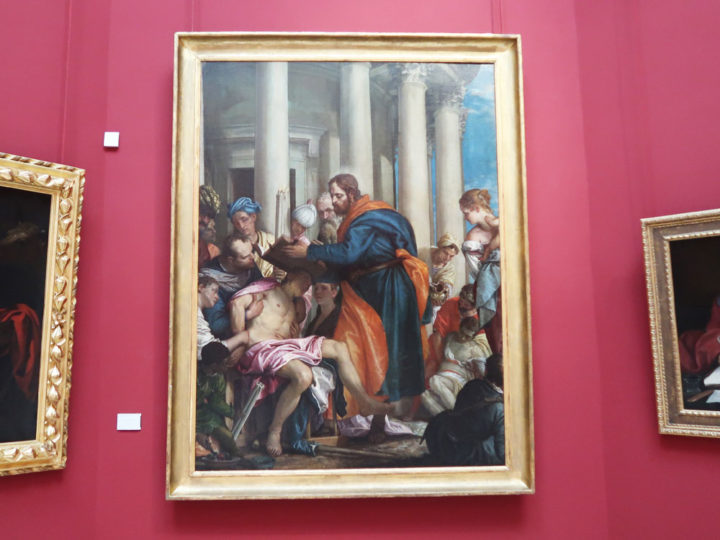
SAINT BARNABÉ GUÉRISSANT LES MALADES (1566)
Paolo Veronese is sometimes referred to as PAOLO CALIARI.
He is highly regarded as one of the most important Venetian painters of the late Renaissance.
The Wedding at Cana, on display at the Louvre, is one of his most highly regarded works.
This work was made for a small church in San Giorgio, attached to the Hospital Barnabite, Verona.
Diego Vélasquez (1599-1660)
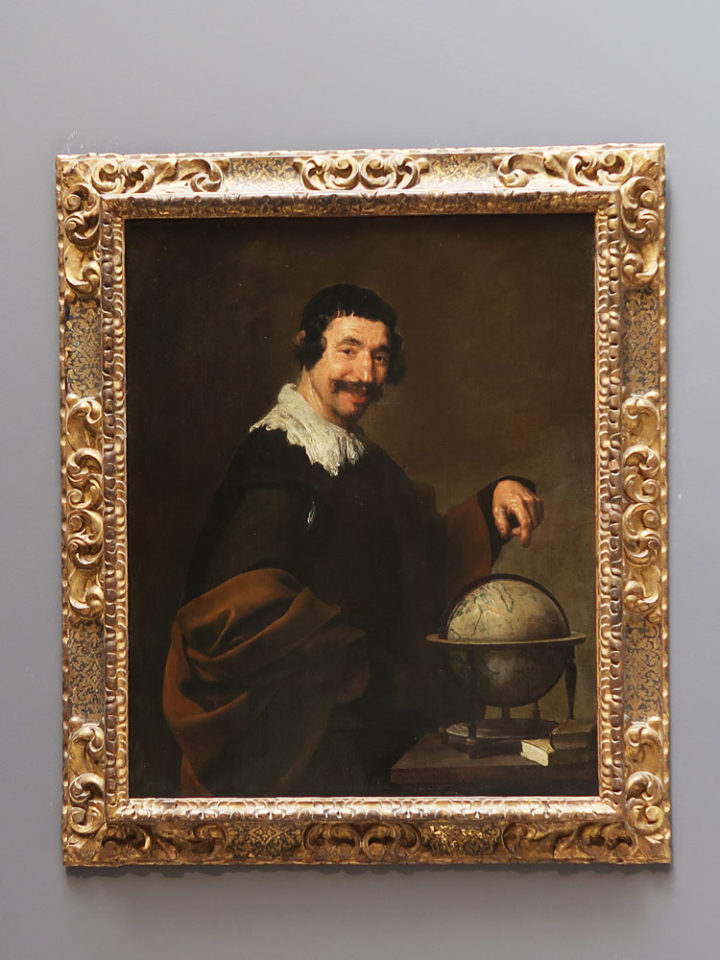
DÉMOCRITE (1630)
Diego Velázquez was one of the most famous Baroque painters of the Spanish Golden Age.
His characteristic brush strokes influenced many later artists such as the Impressionists, Picasso, and Dali.
This work is modeled after the Greek philosopher Democritus.
This is a must-see work, as there are only a few of Diego Velázquez ‘ works preserved in France.
PIERRE PUGET (1620-1694)
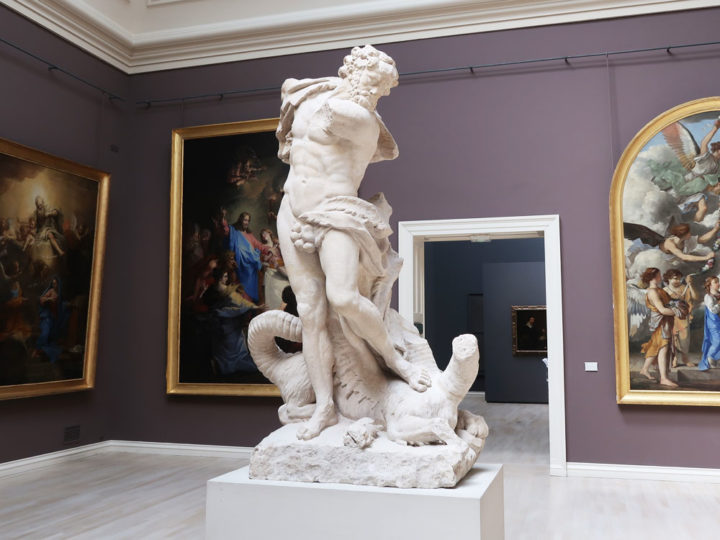
HERCULE TERRASSANT L’HYDRE DE LERNE (1659-1660)
This work is displayed in the center of the room where works by Laurent de La Hyre and Jean Baptiste Corneille are displayed.
The figure crushing the hydra is very powerfully expressed.
Léon-Jules Lemaître (1850-1905)
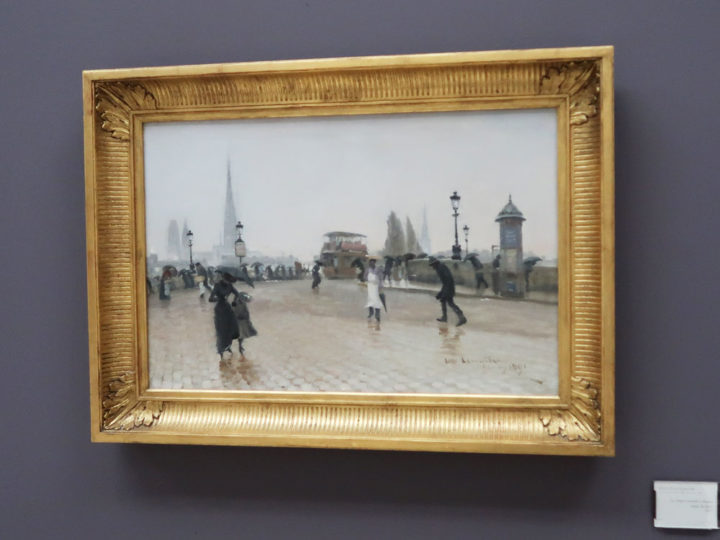
Le Pont Corneille a Rouen (1891)
He is famous as a painter who painted mainly the cities of Paris and Rouen.
George William Joy (1844-1925)

Le sommeil de Jeanne d’Arc (1895)
Born in Dublin, Ireland, Joy mainly painted historical and religious works.
This piece, in which Jeanne d’Arc sleeps while being watched over by angels, was very impressive.
LOUIS-JACQUES MANDÉ DAGUERRE (1787-1851)
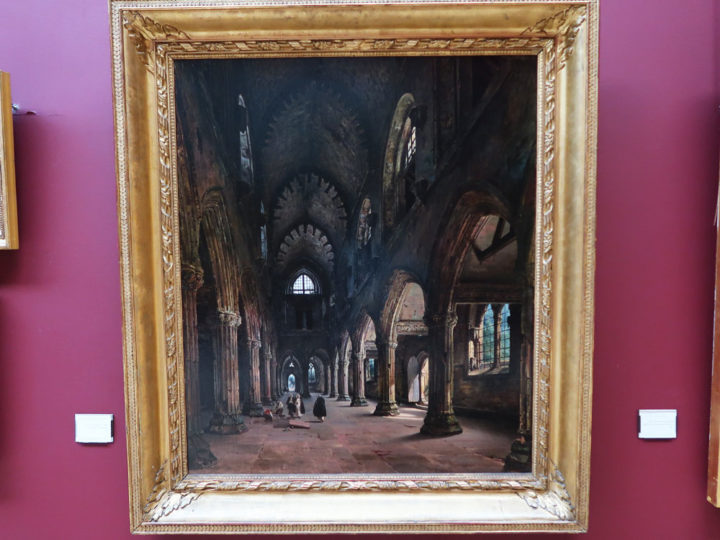
INTÉRIEUR DE ROSSLYN CHAPEL (1824)
Daguerre is widely known for establishing the photographic technique known as the daguerreotype, but his works as a painter are also wonderful.
This painting of the Rosslyn Chapel is also a very good example of the use of light.
Unfortunately, his fame for his photographic skills is so great that it seems sad that very little of his work has survived.
GUSTAVE CAILLEBOTTE (1848-1894)

DANS UN CAFÉ (1880)
Although Caillebotte’s works are often realistic, he is distinguished as an impressionist painter.
This work was exhibited at the 5th Impressionist Exhibition, and is impressive in that it depicts not only a man with his hands in his pockets, but also two men reflected in a mirror.
Auguste Renoir (1841~1919)
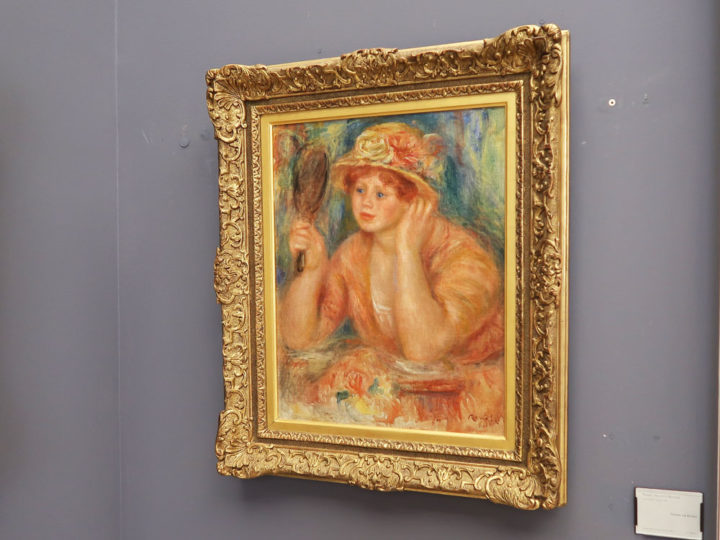
Jeune femme au miroir (1915)
Catherine Hessling, nicknamed Dédée, appears in many of Renoir’s later works.
She is famous as the wife of Renoir’s son.
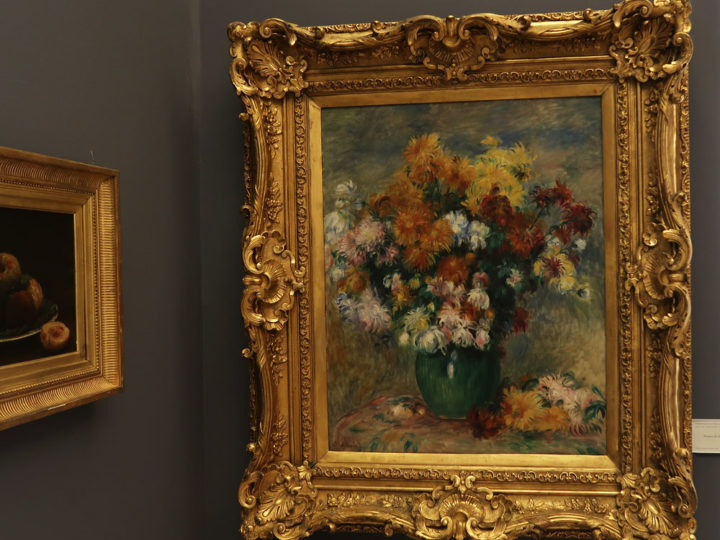
BOUQUET DE CHRYSANTHÈMES (1884)
Renoir often painted bouquets of flowers, but in this work, the chrysanthemum flowers are the main focus, and the vase, background, etc. are also painted simply.
Nevertheless, the overall sense of unity is due to Renoir’s unique touch in every detail.
Alfred Sisley (1839-1899)
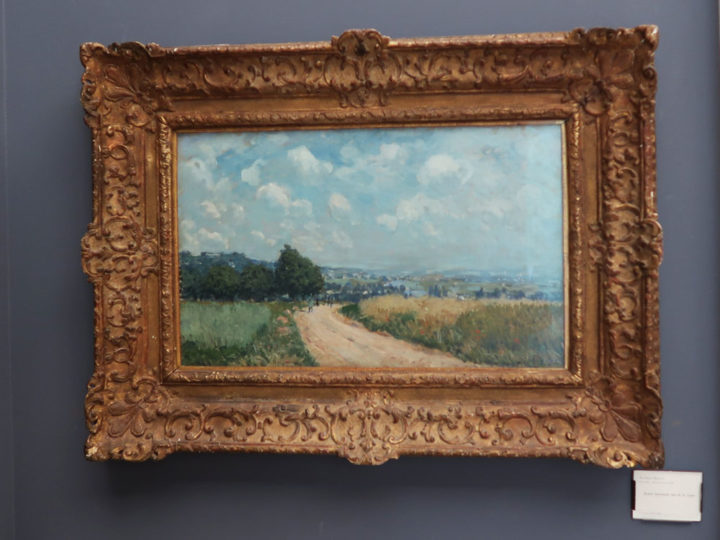
Route tournante une de la saine (1875)
Sisley’s unique way of depicting the sky.
As can be seen in other works, the sky is an important element in Sisley’s work.
Armand Guillaumin (1841-1927)
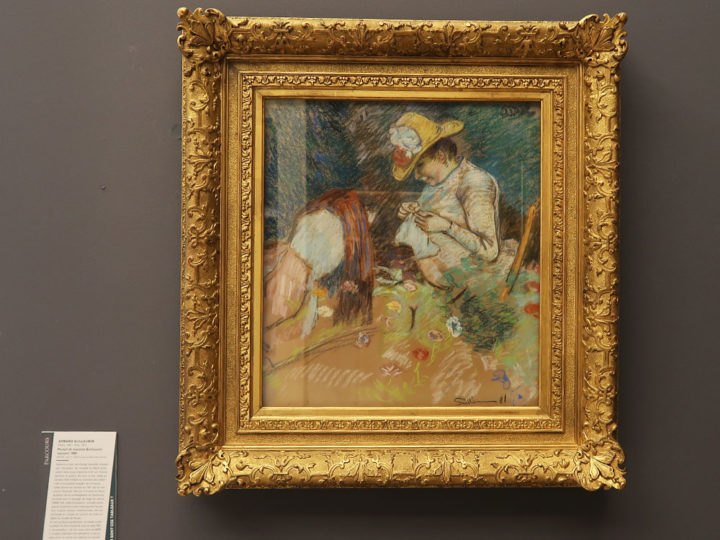
MADAME GUILLAUMIN COUSANT (1888)
Guillaumont, a French Impressionist, has attracted many fans for his colors, and is now a favorite of major museums around the world.
This painting of his wife’s daily life also depicts her happy life with its colors.
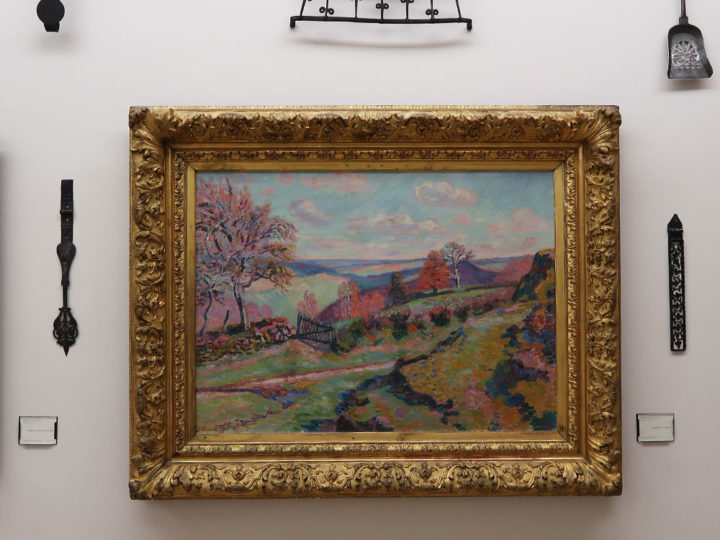
La pêcherie à Crozant
This work is also painted with a unique color scheme.
Camille Pissarro (1830-1903)
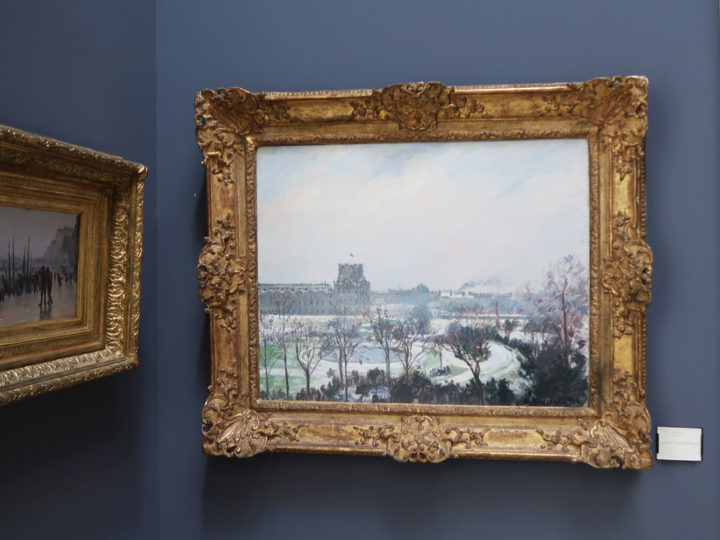
Jardin des tuileries effet de neige
Pissarro’s work depicting the Tuileries Park in winter.
Robert Antoine Pinchon (1886-1943)
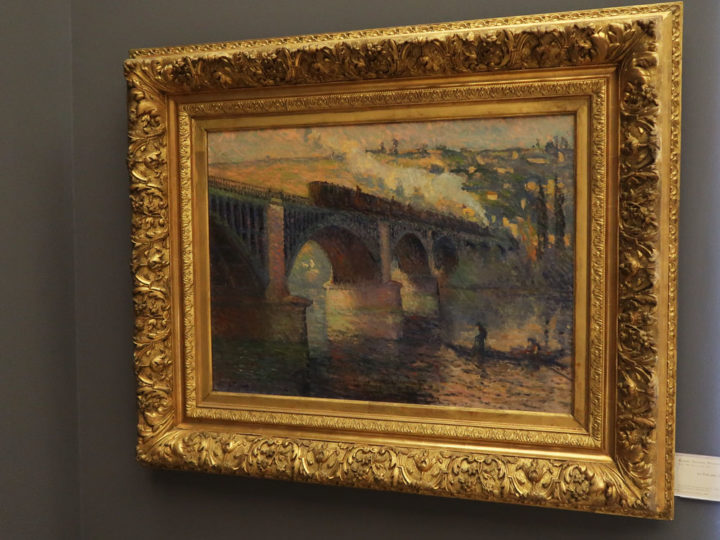
Le Pont aux Anglais (1905)
The English Bridge over Rouen, painted by the post-impressionist Pinchon.
The bridge in the painting was built in 1856 and looks different from the current bridge.
Charles Frechon (1856-1929)
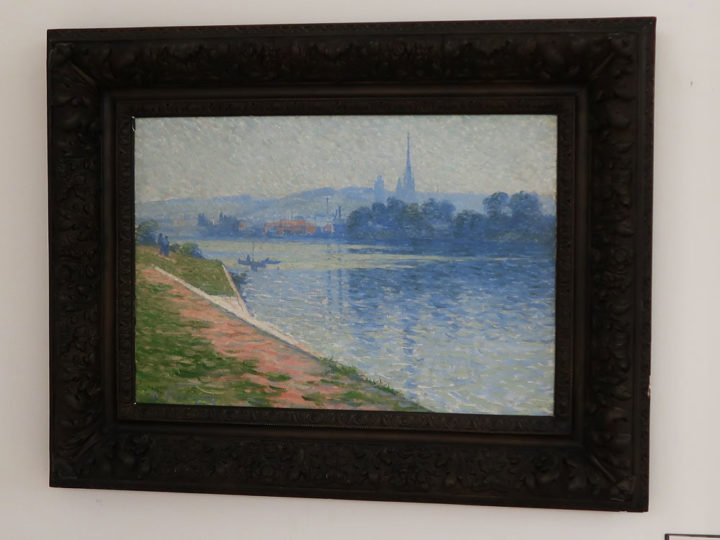
Rouen, Ile Lacroix, cours la Reine
Fréchon was a post-impressionist painter based in Rouen.
This work depicts the island of Lacroix, which was the industrial and entertainment center of Rouen before the war.
Claude Monet (1840-1926)
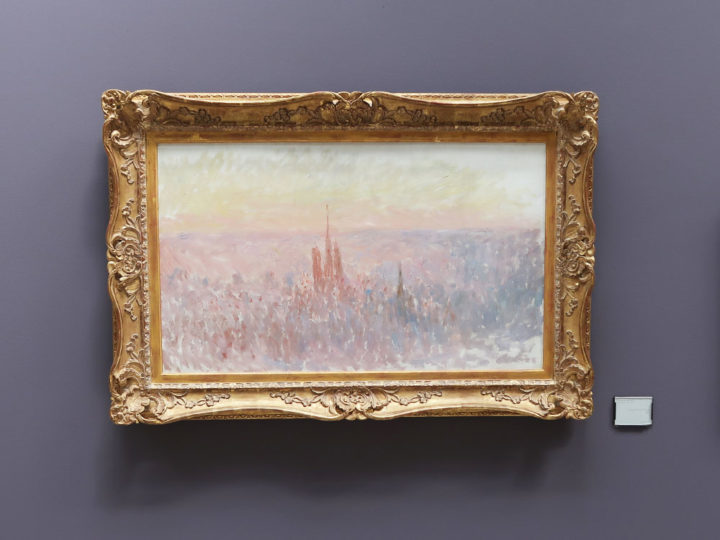
Vue générale de Rouen (1892)
The work was first shown to the public in 1994.
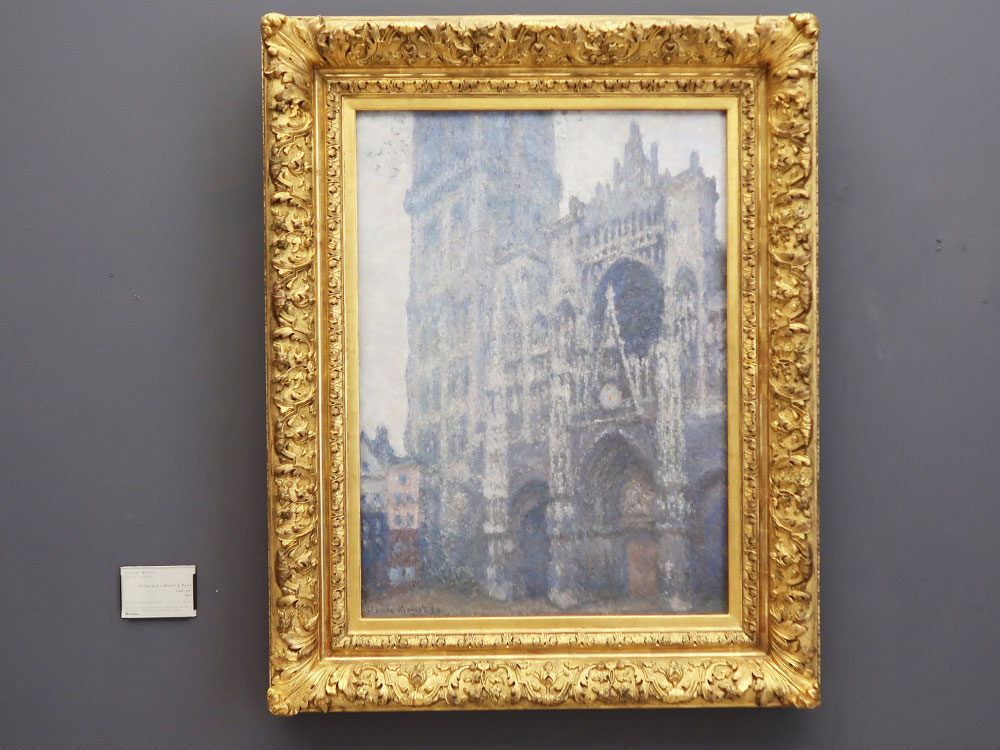
La Cathédrale de Rouen. Le Portail et la tour d’Albane. Temps gris (1894)
Monet’s Rouen Cathedral, with its 30 patterns.
In France, the Musée d’Orsay owns several.
It is also on display at the Marmottan Museum.
Pierre Puvis de Chavannes (1824-1898)
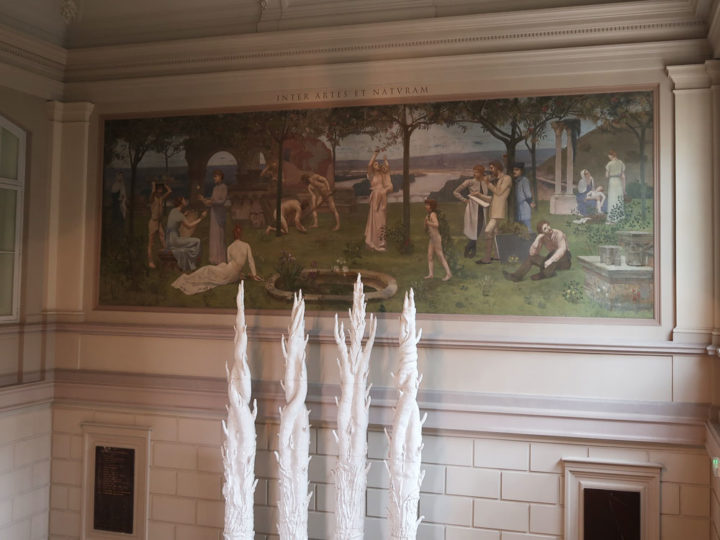
Inter artes et naturam (1890-95)
The fresco by Chavannes is displayed on the stairs in the center of the museum.
It is said to have influenced many painters, and Picasso is said to have copied Chavannes.
Gift Shop
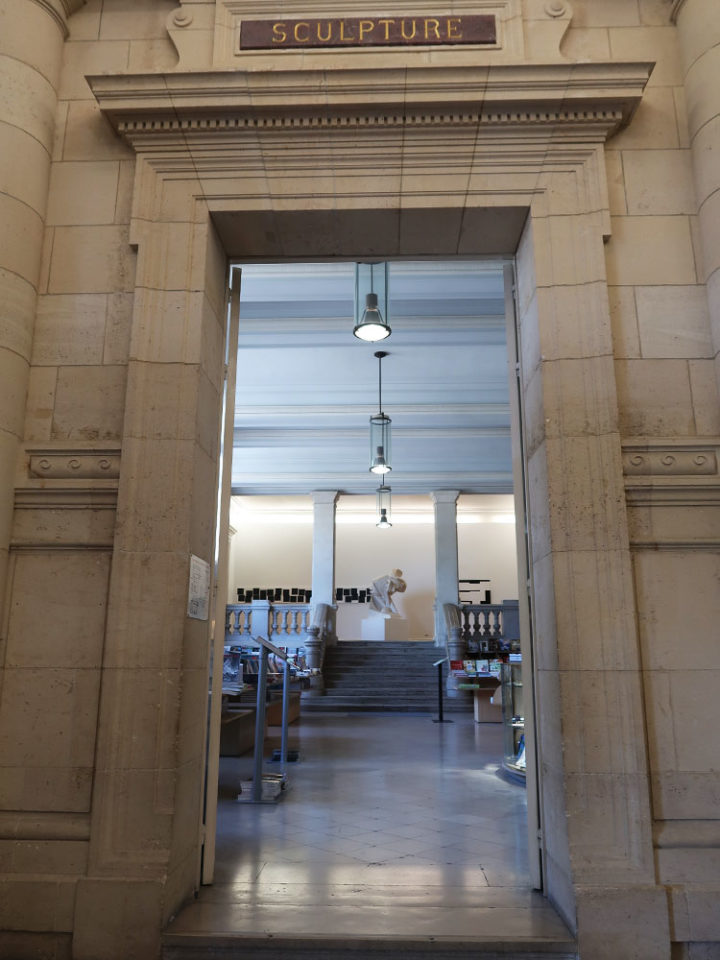
As soon as you enter the museum, there is a gift store on your left.
There were mainly art books on sale, and not much in the way of souvenirs.
If you have time to spare, you may want to stop by and take a look.
Summary
It’s hard to believe that the museum is free to enter.
In another article, I introduced the details of the collection, but there are many other works on display.
Also, compared to the museums in Paris, it is very empty, so you can take your time to appreciate it.
This is a must-visit museum to conclude your visit to Rouen.
Other works from the Rouen Museum are introduced in this article.
Thank you again for reading to the end of this article.
You can find a day trip from Paris to Rouen here.

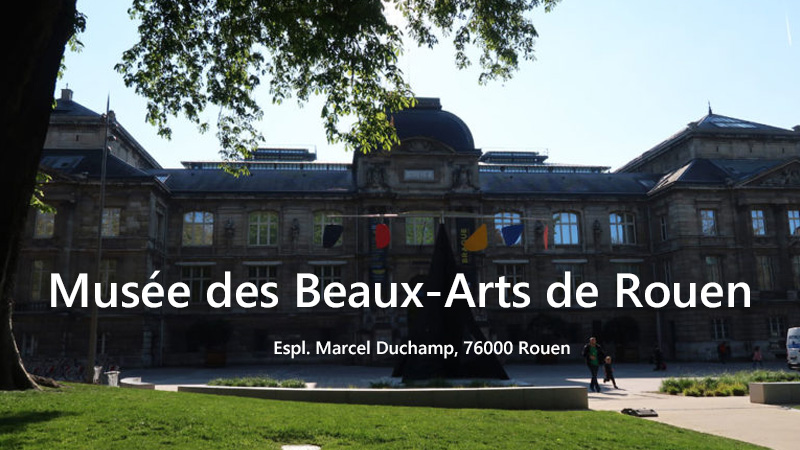
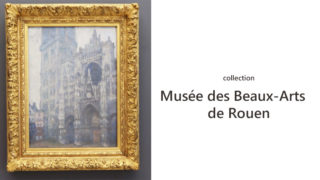
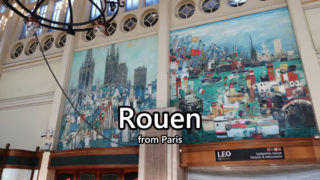


コメント